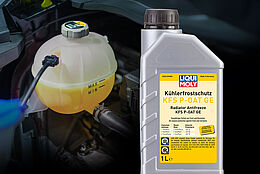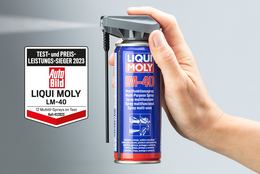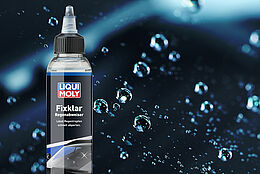- 3min
Simple remedy for oil sludge in the engine

Causes of oil sludge formation
Oxidation
Heat and oxygen cause oil to oxidize. Acids and oil-insoluble components form. These in turn are often the cause of paint-like resin formation or sludge-like deposits.
Nitration
The oil is contaminated with nitrogen compounds (NOx). They are produced during the combustion of fuels. The majority of NOx is released into the atmosphere via the exhaust. But as a “blow-by” gas, small quantities enter the crankcase and thus the motor oil. Nitration results in paint-like deposits. The lubricant often thickens and can lead to the formation of black sludge.
Sulfation
Sulfur oxides (SOx) are produced when sulfur-containing fuel is burned, which is practically no longer on the market in Europe. Here, too, the largest part is discharged via the exhaust. As with nitrogen compounds, a small proportion of sulfur oxides, as part of the “blow-by” gas, also flow into the crankcase and thus into the motor oil. Sulfides are formed in combination with condensation. This sulfation also causes the motor oil to thicken.
The result
The harmful components do not evaporate and the formation of oil sludge continues. Short-distance driving encourages these chemical reactions because the motor oil does not reach the required operating temperature.




























